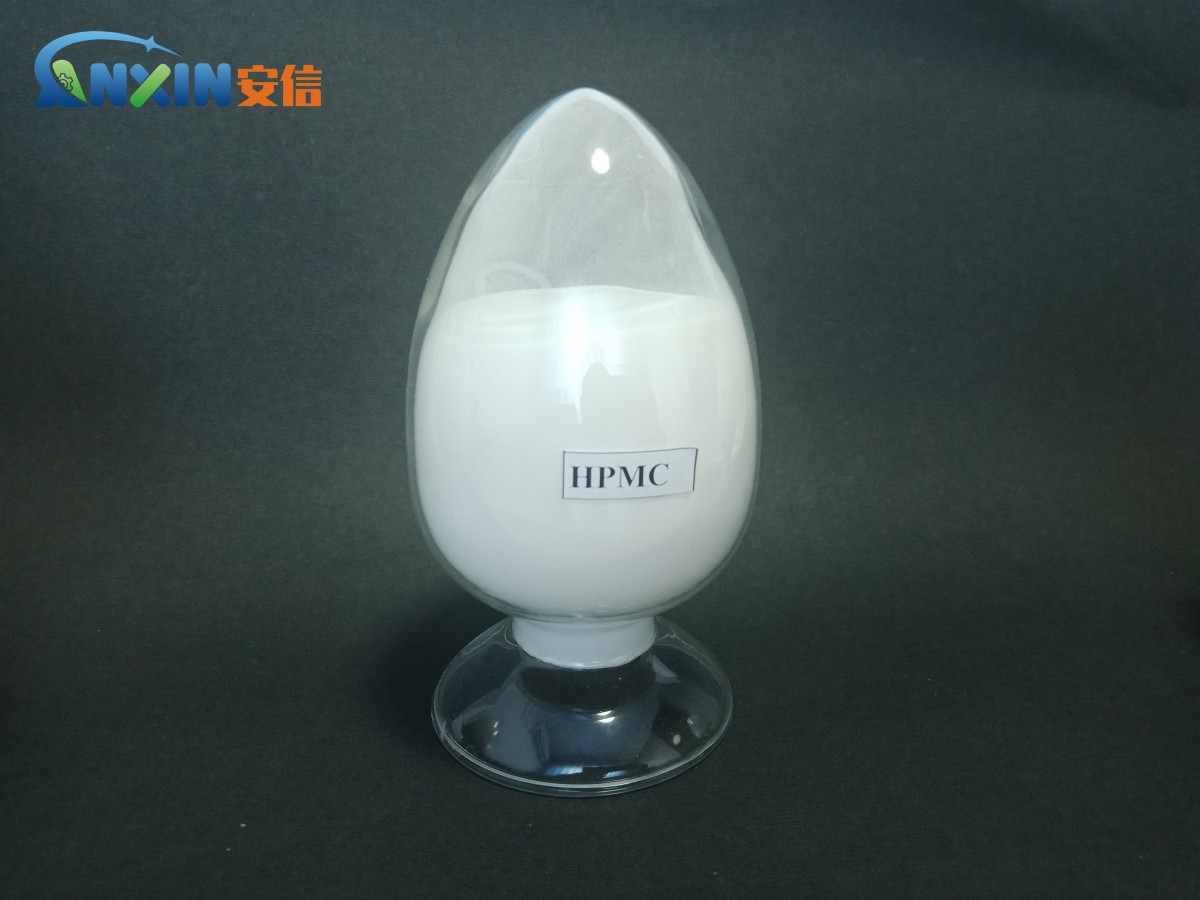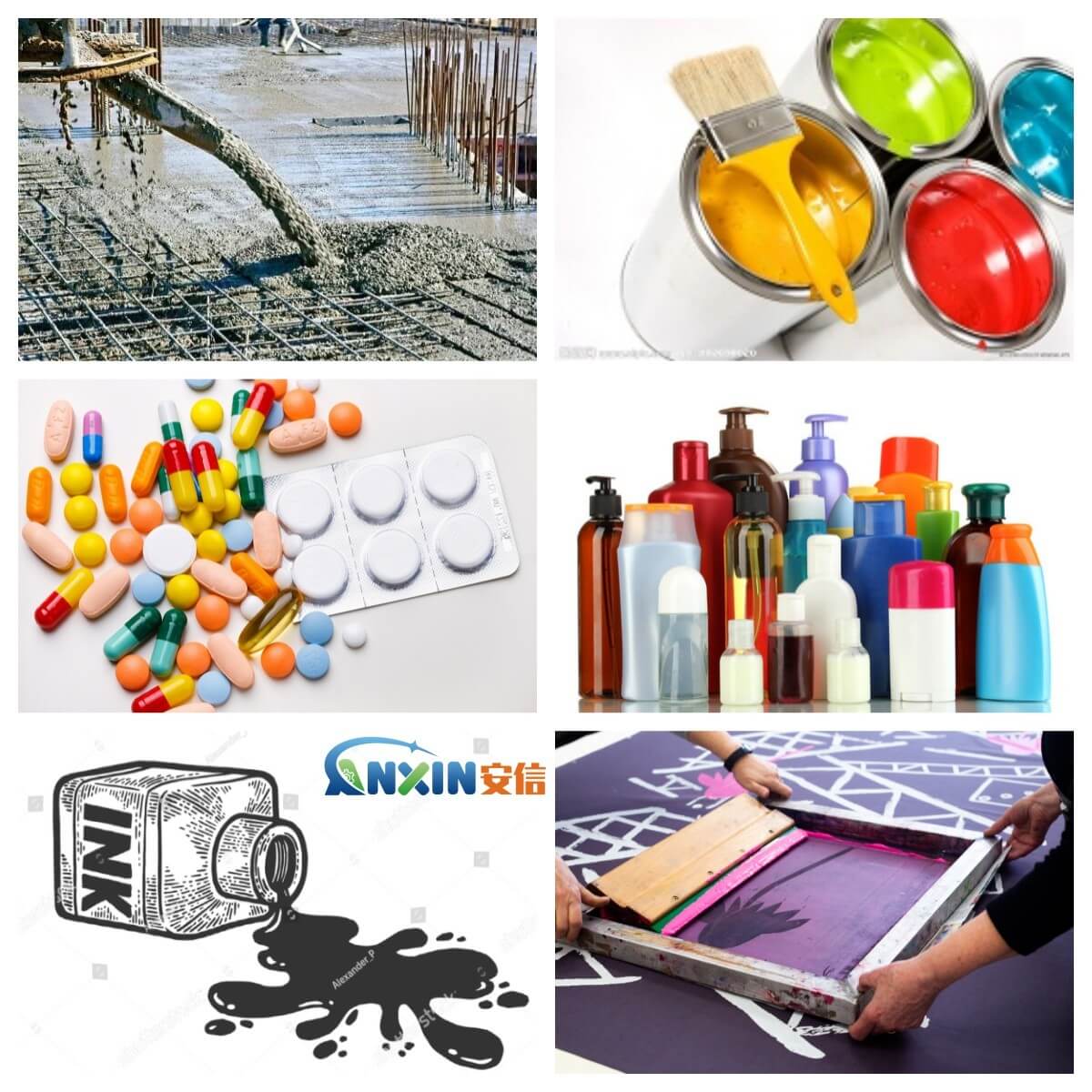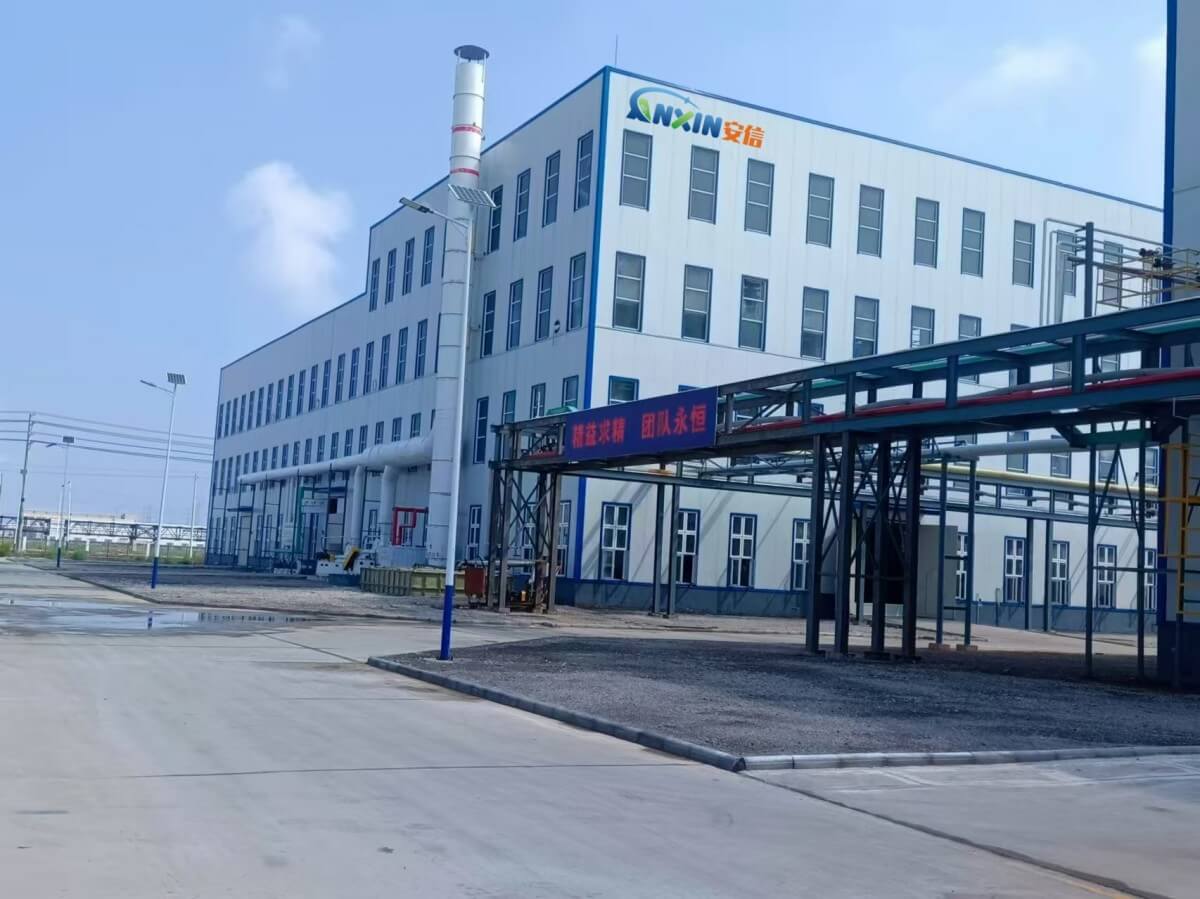Hydroxypropyl Methylcellulose (HPMC) is a versatile, non-ionic cellulose ether used in a variety of industries, including pharmaceuticals, construction, food, and cosmetics. The main difference between industrial-grade and daily chemical-grade HPMC lies in their intended use, purity, quality standards, and the manufacturing processes that suit these applications.
1. Overview of Hydroxypropyl Methylcellulose (HPMC)
HPMC is derived from cellulose, a naturally occurring polymer in plant cell walls. The cellulose is chemically modified to introduce hydroxypropyl and methyl groups, which enhances its solubility and functionality. HPMC serves various purposes, such as:
Film-forming: Used as a binder and thickener in tablets, coatings, and adhesives.
Viscosity regulation: In food, cosmetics, and pharmaceuticals, it adjusts the thickness of liquids.
Stabilizer: In emulsions, paints, and cement-based products, HPMC helps stabilize the product and prevent separation.
The grade of HPMC (industrial vs. daily chemical grade) depends on factors such as purity, specific applications, and regulatory standards.
2. Key Differences Between Industrial Grade and Daily Chemical Grade HPMC
|
Aspect |
Industrial Grade HPMC |
Daily Chemical Grade HPMC |
| Purity | Lower purity, acceptable for non-consumable uses. | Higher purity, suitable for consumer applications. |
| Intended Use | Used in construction, coatings, adhesives, and other non-consumable applications. | Used in pharmaceuticals, food, cosmetics, and other consumable products. |
| Regulatory Standards | May not comply with strict food or drug safety standards. | Complies with stringent food, drug, and cosmetic regulations (e.g., FDA, USP). |
| Manufacturing Process | Often involves fewer purification steps, with a focus on functionality over purity. | Subject to more rigorous purification to ensure safety and quality for consumers. |
| Viscosity | Can have a broader range of viscosity levels. | Typically has a more consistent viscosity range, tailored for specific formulations. |
| Safety Standards | May include impurities that are acceptable for industrial use but not for consumption. | Must be free from harmful impurities, with rigorous safety testing. |
| Applications | Construction materials (e.g., mortar, plaster), paints, coatings, adhesives. | Pharmaceuticals (e.g., tablets, suspensions), food additives, cosmetics (e.g., creams, shampoos). |
| Additives | May contain industrial-grade additives that are not suitable for human consumption. | Free of toxic additives or ingredients harmful to health. |
| Price | Generally less expensive due to fewer safety and purity requirements. | More expensive due to higher quality and safety standards. |
3. Industrial Grade HPMC
Industrial-grade HPMC is produced for use in applications that do not involve direct human consumption or contact. The purity standards for industrial-grade HPMC are relatively lower, and the product may contain trace amounts of impurities that do not affect its performance in industrial processes. These impurities are acceptable in the context of non-consumable products, but they would not meet the stringent safety standards required for daily chemical products.
Common Uses of Industrial-Grade HPMC:
Construction: HPMC is often added to cement, plaster, or mortar to improve workability and water retention. It helps the material bond better and maintain its moisture for a longer time during curing.
Coatings and Paints: Used to adjust the viscosity and ensure the proper consistency of paints, coatings, and adhesives.
Detergents and Cleaning Agents: As a thickener in various cleaning products.
The manufacturing of industrial-grade HPMC often prioritizes cost efficiency and functional properties rather than purity. This results in a product that is suitable for bulk use in construction and manufacturing but not for applications that require stringent safety standards.
4. Daily Chemical Grade HPMC
Daily chemical-grade HPMC is manufactured with stricter purity and safety standards, as it is used in products that come into direct contact with humans. These products must comply with various health and safety regulations such as the FDA’s regulations for food additives, the United States Pharmacopeia (USP) for pharmaceuticals, and various standards for cosmetic products.
Common Uses of Daily Chemical-Grade HPMC:
Pharmaceuticals: HPMC is widely used in tablet formulation as a binder, controlled-release agent, and coating. It is also used in eye drops, suspensions, and other liquid-based pharmaceuticals.
Cosmetics: Used in creams, lotions, shampoos, and other personal care products for thickening, stabilization, and film-forming properties.
Food Additives: In the food industry, HPMC can be used as a thickener, emulsifier, or stabilizer, such as in gluten-free baking or low-fat food products.
Daily chemical-grade HPMC undergoes a more rigorous purification process. The manufacturing process ensures that any impurities that might pose a health risk are removed or reduced to levels that are considered safe for consumer use. As a result, daily chemical-grade HPMC is often more expensive than industrial-grade HPMC due to the higher production costs associated with purity and testing.
5. Manufacturing and Purification Process
Industrial Grade: The production of industrial-grade HPMC may not require the same stringent testing and purification processes. The focus is on ensuring that the product functions effectively in its intended application, whether as a thickener in paints or a binder in cement. While the raw materials used in manufacturing industrial-grade HPMC are typically of good quality, the final product may contain a higher level of impurities.
Daily Chemical Grade: For daily chemical-grade HPMC, manufacturers need to ensure that the product meets the stringent requirements set forth by regulatory bodies such as the FDA or the European Medicines Agency (EMA). This involves additional steps in purification, such as removing heavy metals, residual solvents, and any potentially harmful chemicals. The quality control tests are more comprehensive, with a focus on ensuring the product is free from contaminants that could harm consumers.
6. Regulatory Standards
Industrial Grade: As industrial-grade HPMC is not intended for consumption or direct human contact, it is subject to fewer regulatory requirements. It may be produced in accordance with national or regional industrial standards, but it does not need to meet the rigorous purity standards required for food, drug, or cosmetic products.
Daily Chemical Grade: Daily chemical-grade HPMC must meet specific safety standards for use in food, pharmaceuticals, and cosmetics. These products are subject to FDA guidelines (in the U.S.), European regulations, and other safety and quality standards to ensure that they are safe for human use. The production of daily chemical-grade HPMC also requires detailed documentation and certification of compliance with Good Manufacturing Practices (GMP).
The primary differences between industrial-grade and daily chemical-grade HPMC lie in the intended application, purity, manufacturing processes, and regulatory standards. Industrial-grade HPMC is more suited for applications in construction, paints, and other non-consumable products, where purity and safety standards are less stringent. On the other hand, daily chemical-grade HPMC is specifically formulated for use in consumer products such as pharmaceuticals, food, and cosmetics, where higher purity and safety testing are paramount.
When choosing between industrial-grade and daily chemical-grade HPMC, it is crucial to consider the specific application and the regulatory requirements for that industry. While industrial-grade HPMC may offer a more cost-effective solution for non-consumable applications, daily chemical-grade HPMC is necessary for products that will come into direct contact with consumers.
Post time: Mar-25-2025


